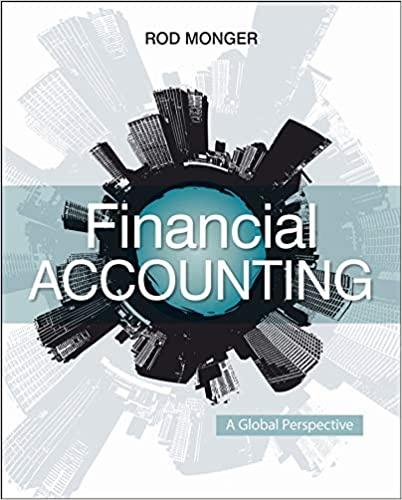Question
Overview Campbell had record net earnings in Year 11 of $401.5 million, or $3.16 per share, compared to net earnings of $4.4 million, or 3


Overview Campbell had record net earnings in Year 11 of $401.5 million, or $3.16 per share, compared to net earnings of $4.4 million, or 3 cents per share, in Year 10. Excluding Year 10s divestiture and restructuring charges, earnings per share increased 34% in Year 11. In Year 11, the Company sold five non-strategic businesses, sold or closed several manufacturing plants, and discontinued certain unprofitable product lines. Net sales of $6.2 billion in Year 11 were even with Year 10. Sales were up 4% excluding businesses that were divested and product lines that were discontinued in Year 11.
In Year 10 the Company incurred charges for divestitures and restructuring of $2.33 per share, reducing net earnings to 3 cents per share. In Year 9 restructuring charges of $2.02 per share reduced earnings to 10 cents per share. Excluding these charges from both years, earnings per share rose 11% in Year 10. Sales increased 9%. In Year 10 the companys domestic divisions had strong earnings performances, excluding the divestiture and restructuring charges, but the International Divisions performance was disappointing principally due to the poor performance of United Kingdom frozen food and Italian biscuit operations. The Italian biscuit operations were divested in Year 11.
The divestiture and restructuring programs were designed to strengthen the Companys core businesses and improve long-term profitability. The Year 10 divestiture program involved the sale of several low-return or non-strategic businesses. The Year 10 restructuring charges provided for the elimination of underperforming assets and unnecessary facilities and included a write-off of goodwill. The restructuring charges in Year 9 involved plant consolidations, work force reductions, and goodwill write-offs.
CASE 3-2 Analyzing and Interpreting Liabilities Refer to the annual report of Campbell Soup Company in Appendix A. Campbell Soup Required: a. Identify Campbell Soup's major categories of liabilities. Identify which of these liabilities require recognition of interest expense. b. Reconcile activity in the long-term borrowing account for Year 11 . c. Describe the composition of Campbell Soup's long-term liabilities account using its note 19. CASE 3-3 Analyzing and Interpreting Equity Page 220 Refer to the annual report of Campbell Soup Company in Appendix A. Campbell Soup Required: a. Determine the book value per share of Campbell Soup's common stock for Year 11. b. Identify the par value of Campbell Soup's common shares. Determine the number of common shares authorized, issued, and outstanding at the end of Year 11 . c. Determine how many common shares Campbell Soup repurchased as treasury stock for Year 11. Determine the price at which Campbell Soup repurchased the shares. CHECK (c) Year 11 repurchase price, $51.72 Campbell Soup Sing
Step by Step Solution
There are 3 Steps involved in it
Step: 1

Get Instant Access to Expert-Tailored Solutions
See step-by-step solutions with expert insights and AI powered tools for academic success
Step: 2

Step: 3

Ace Your Homework with AI
Get the answers you need in no time with our AI-driven, step-by-step assistance
Get Started


